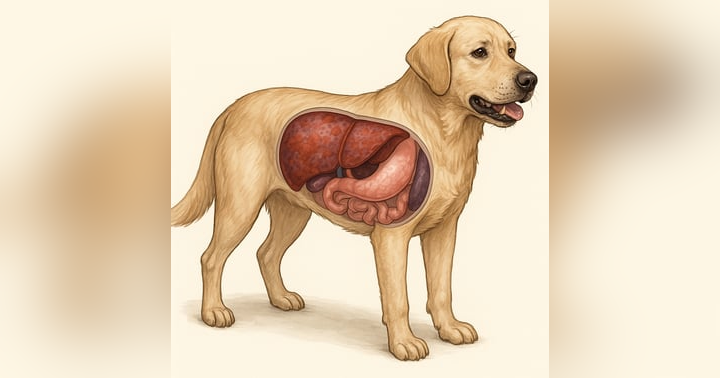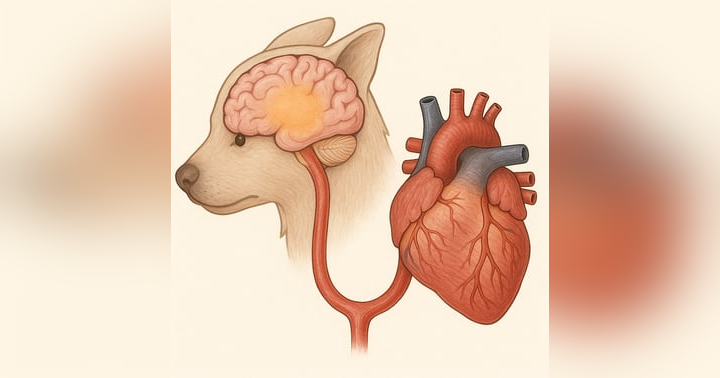Patching Popped Lungs

From ep 178 on the ECC feed With Dr Andrew Linklater
-
I don’t know about you, but my enthusiasm for surgery rapidly evaporates when it comes to thoracotomies. I’d rather not. But when faced with a pneumothorax from a ruptured lung, like a traumatic pneumo, that’s kinda what you’re left with right? Well, maybe not. This conversation with Criticalist Dr Andrew Linklater shed some new light for me on performing a pleurodesis procedure - ie putting some of the patient’s own blood into its chest cavity to allow a clot to form over the air leak - in an effort to avoid a thoracotomy. Here are some lightbulb moments:
-
It actually works! I’d heard of it before, but I thought it was a bit of last-ditch, unlikely-to-work procedure. But based on a small case series (8 dogs, 13 procedures) the success rate after a single pleurodesis procedure was 67%, and over 80% when the procedure was repeated a second time.
-
It works not just by making a clot directly in the leaky hole, but also by sticking the lung surface to the chest wall, thereby creating a further seal.
-
This second part takes a bit of time, so don’t think that you’ve failed if things don’t improve immediately. It can take up to 3 or 4 days to reach maximum effect. (Practically this means that your patient will have an active chest drain in while you wait to see if your pleurodesis has worked.)
For the full how-to guide, plus the pro tips, pitfalls and other use-cases, the full episode is well worth your time.
-
For more clinical pearls, sign up for our free weekly Newsletter, or get all of our content on the go with our Clinical Podcasts.





